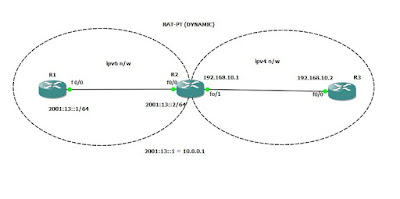IPSR has had yet another eventful month of certifications. While we had covered individual batches of higher certifications, we thought it would be an overkill, to feature each of the RHCE batches. So here is a monthly roundup of our RHCE certifications.
We had RHCE exams on 14 days in February 2011, at various branches of IPSR.
We are really happy about our all new
Thiruvananthapuram Branch starting off with 2 RHCE Batches. Another important achievement is about
RHCE training in RHEL 6 starting across all branches of IPSR. We had already been offering a dual platform training, with RHEL 5 training and the required additional inputs for RHEL 6, but now completely switched over to RHEL 6.
We had a total number of
93 RHCEs during this month, with
28 of them scoring 100%. We also had another 13 students certifying RHCT, in the final month of this certification, as Red Hat stopped offering RHEL 5 based certifications, by 25
th February 2011. RHCT is being replaced by
RHCSA in the RHEL 6 platform. Also, check out the
RHEL 6 FAQs, that we have prepared, to clarify students’ doubts about certifications in the new platform.
Among the smaller milestones, the total number of RHCEs from IPSR has crossed 3500 and we completed our 580
th RHCE batch during the last month.
Altogether, we had 100-plus Red Hat certifications this month, with more than 25% of them achieving 100% scores. And in the short month of February, a Red Hat examiner was present at IPSR every other day. While we are proud, this is just the right quality and opportunity that we provide our students. We provide the best Red Hat training in the world, that can even get you the full score. We frequently have exams for basic and higher certifications and our exam dates are rarely canceled.
We would be happy to welcome you to IPSR and we are confident that you would be happy that you found us.





















